Home>diy>Architecture & Design>How Much Does It Cost To Design And Build A House?
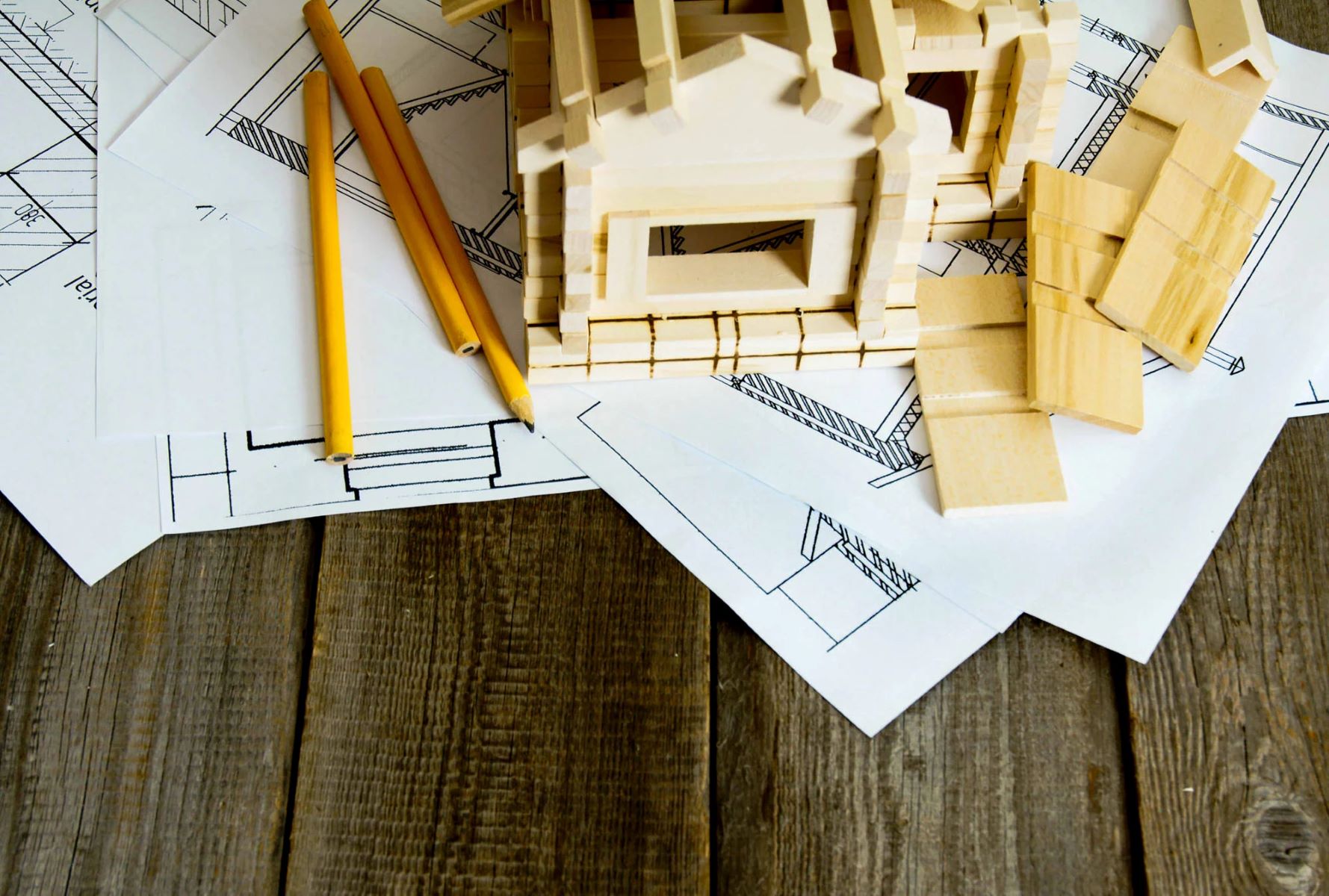

Architecture & Design
How Much Does It Cost To Design And Build A House?
Modified: January 9, 2024
Discover the cost of designing and building your dream house with expert architecture design services. Get personalized quotes and explore affordable options today.
(Many of the links in this article redirect to a specific reviewed product. Your purchase of these products through affiliate links helps to generate commission for Storables.com, at no extra cost. Learn more)
Introduction
Designing and building a house is an exciting endeavor that involves careful planning, creativity, and a significant investment. Before embarking on the journey of creating your dream home, it’s important to understand the various factors that can affect the cost of the design and construction process.
In this article, we will explore the key components that contribute to the overall cost of designing and building a house. From architectural design and permit fees to site preparation and interior finishes, we will provide a comprehensive overview to help you estimate the expenses involved.
It’s essential to note that the cost of designing and building a house can vary greatly depending on numerous factors, including location, size, complexity of design, materials used, and the level of customization desired. By familiarizing yourself with these factors, you can make informed decisions and ensure your project stays within budget.
So, whether you’re planning to build a cozy cottage or a luxurious mansion, read on to understand the key considerations that impact the overall cost of designing and constructing your dream home. Let’s delve into the world of architecture and design, and discover how much it truly costs to bring your vision to life.
Key Takeaways:
- Building a house involves various cost-influencing factors such as size, location, design complexity, materials, and labor. Understanding these factors is crucial for effective budgeting and decision-making.
- Investing in high-quality architectural design, site preparation, structural work, interior and exterior finishes, plumbing, electrical, HVAC, and landscaping is essential for creating a durable, functional, and aesthetically pleasing home. Proper budgeting and planning are key to a successful construction project.
Factors Affecting the Cost of Design and Construction
Building a house is a complex process that involves various factors influencing the overall cost. Understanding these factors is crucial for planning and budgeting your project effectively. Here are some key factors that can significantly impact the cost of design and construction:
- Size and Layout: The size and layout of a house directly affect the materials and labor required. Larger homes generally cost more to build, as they require more materials and take more time to construct.
- Location: The cost of building a house can vary based on the location. Factors such as land prices, local building codes and regulations, access to utilities, and local labor costs can differ from one area to another.
- Design Complexity: The complexity of the architectural design affects the cost. Intricate designs with unique features and customizations can increase labor and material costs, as they may require specialized skills and additional time for construction.
- Materials and Finishes: The choice of materials and finishes plays a significant role in cost. High-end materials and finishes tend to be more expensive, while more economical options can help keep costs down without compromising on quality.
- Site Conditions: The condition of the construction site can impact costs. Factors such as the terrain, soil stability, accessibility, and the need for additional groundwork or site preparation can add to the overall expenses.
- Contractor and Labor Costs: The cost of hiring professionals, such as architects, designers, and contractors, varies depending on their experience and reputation. Skilled labor, especially for specialized tasks, often comes at a premium.
It’s important to note that these factors are interconnected, and changes in one area can influence costs in others. For example, a larger house with a complex design may require more materials and skilled labor, increasing overall expenses. Similarly, location can impact material transportation costs and compliance with regional building codes.
By understanding these factors and considering them during the planning stage, you can make informed decisions and prioritize your needs while managing your budget effectively. In the next sections, we will break down the individual costs associated with designing and building a house, providing you with a clearer understanding of the expenses involved.
Architectural Design Costs
One of the first steps in building a house is hiring an architect to design the structure. The architectural design phase is critical to ensuring that your vision for the house is translated into a cohesive plan. However, hiring an architect and obtaining a custom design comes with a cost.
The cost of architectural design can vary depending on several factors, including the complexity of the design, the size of the house, and the reputation and experience of the architect. Generally, architects charge a percentage of the total construction cost, which can range from 5% to 20%.
When working with an architect, it’s important to communicate your budget and expectations clearly. This will help the architect design a house that meets your needs while keeping costs within your desired range. Additionally, be prepared for additional costs that may arise during the design process, such as revisions or consultations with structural engineers or other specialists.
Another option that can help reduce architectural design costs is to consider pre-designed or semi-custom house plans. These plans are typically more affordable than hiring an architect for a fully customized design. They offer a range of design styles and layouts that can be tailored to your needs with minor modifications.
Overall, investing in a well-designed architectural plan is crucial for a successful construction project. It ensures that the house meets your aesthetic and functional requirements, maximizes space utilization, and provides accurate guidance for builders and contractors. While architectural design costs may seem significant, they are an important investment in creating your dream home.
Permit and Planning Costs
Obtaining the necessary permits and fulfilling planning requirements is an essential part of the construction process. These permits ensure that your house meets local building codes and regulations, guaranteeing the safety and compliance of the structure.
The cost of permits and planning can vary depending on your location and the scope of the project. Typically, there are fees associated with submitting permit applications, plan reviews, inspections, and obtaining the final approval. These fees can range from a few hundred dollars to several thousand, depending on the complexity and size of the project.
Additional costs may arise if your project requires special permits or if there are specific zoning requirements or environmental impact assessments. It’s important to research and understand the permitting process in your area and factor in these costs when budgeting for your project.
Working with a professional architect or designer can help streamline the permit application process. They are familiar with the local building codes and can create plans that meet the necessary requirements, reducing the chances of costly revisions or delays.
Keep in mind that the timeline for obtaining permits can vary. It’s advisable to submit applications well in advance of the planned construction start date to allow for any potential delays in the approval process.
In addition to permits, you may also need to consider other planning costs, such as hiring a land surveyor to assess the site and determine property boundaries, or engaging a civil engineer to evaluate the feasibility of the project based on local regulations and conditions.
Overall, permit and planning costs are an essential component of the construction process. While they may add to the overall expenses, they ensure that your house is built in compliance with all legal and safety requirements, providing peace of mind for you and future homeowners.
Site Preparation Costs
Before construction can begin, it is necessary to prepare the site where your house will be built. Site preparation costs encompass various activities required to make the land ready for construction.
The specific site preparation costs can vary based on factors such as the condition of the land, accessibility, and any unique features or challenges present. Here are some common site preparation costs to consider:
- Clearing and Excavation: This involves removing vegetation, trees, and existing structures from the construction site. It may also include excavation work to level or shape the land.
- Grading and Leveling: Ensuring the site is properly graded and leveled is crucial for the stability of the foundation and overall construction. This may involve hiring earthmoving equipment and professionals.
- Utility Connections: Installing or connecting utilities such as water, sewer, electricity, and gas to the site can incur costs. This includes excavation for underground utility lines and hooking up the services to the house.
- Drainage Systems: Proper drainage is essential to prevent water pooling or flooding around the house. Installing drainage systems, such as French drains or gutters, may be necessary to direct water away from the foundation.
- Site Access: If the construction site is located in a remote or challenging area, additional expenses may be incurred for constructing temporary access roads or improving existing ones.
It is important to consult with professionals, such as land surveyors and civil engineers, to assess the site and determine the necessary site preparation activities. This will help you budget for these costs accurately and ensure that all necessary steps are taken to create a stable and suitable foundation for your house.
Keep in mind that site preparation costs can increase if unexpected issues arise during the process, such as encountering rock formations, addressing poor soil conditions, or handling environmental concerns. Therefore, it is advisable to allocate a contingency budget to account for any unforeseen circumstances that may arise during site preparation.
Proper site preparation is essential to lay the groundwork for a successful construction project. By investing in the necessary site preparation activities, you can ensure the stability, safety, and longevity of your house.
Read more: How Much Does It Cost To Build A Porch Deck
Foundation and Structural Costs
The foundation and structural components of a house are critical for its stability, durability, and longevity. These elements form the backbone of the structure and are responsible for transferring the weight and load of the house to the ground. The costs associated with foundation and structural work can vary based on factors such as the size and design of the house, the type of foundation required, and the soil conditions on the construction site.
Foundations can be constructed using different methods, including poured concrete, concrete block, or precast concrete panels. The choice of foundation type depends on various factors, including local building codes, soil stability, and budget. Poured concrete foundations are often considered the most durable and can provide superior strength and resistance to moisture and pests. However, they are typically more expensive compared to other options.
The cost of foundation work also includes excavation and site preparation, reinforcement materials such as steel bars, and the labor required for pouring and curing the concrete.
In addition to the foundation, the structural costs encompass the framing, walls, and roof of the house. The type of framing material, such as wood or steel, can impact the cost. Wood is a common choice due to its affordability and ease of construction, while steel offers greater strength but comes at a higher price point.
The complexity of the structural design, such as the number of levels, unique architectural features, and open floor plans, can also affect the cost. More intricate designs may require additional materials and labor, increasing the overall structural expenses.
It is critical to work with experienced professionals, such as structural engineers and contractors, during the foundation and structural phase. They will ensure that the designs meet all building codes and regulations, and that proper techniques and materials are used to create a solid and durable foundation and structure.
While the foundation and structural costs may constitute a significant portion of the overall construction budget, investing in quality and sound construction practices is crucial for the long-term integrity of your house.
Framing and Exterior Finishes Costs
Once the foundation and structural work is complete, it’s time to move on to the framing and exterior finishes of your house. This phase involves constructing the walls, roof, and exterior elements that give your house its shape, protection, and aesthetic appeal.
The cost of framing and exterior finishes can vary depending on factors such as the size and complexity of the house, the choice of materials, and the desired architectural style. Here are some key components and considerations:
- Framing: The framing of the house includes the construction of the wall framing, floor systems, and roof structure. Common materials for framing are wood and steel. Wood is widely used due to its affordability and ease of construction, while steel offers greater strength but comes with a higher price tag.
- Exterior Walls: The choice of exterior wall materials can impact both the cost and the aesthetic appeal of your house. Common options include vinyl siding, brick, stone veneer, stucco, and fiber cement siding. Each material has its own cost per square foot, and factors such as durability, maintenance requirements, and desired design aesthetic should be considered.
- Roofing: The roof is a crucial part of the exterior and protects the house from the elements. Roofing materials range from asphalt shingles to metal, clay, or concrete tiles. The cost varies depending on the material chosen, the complexity of the roof design, and the size of the roof. Additionally, features such as insulation and ventilation should be factored into the costs.
- Windows and Doors: The cost of windows and doors depends on factors such as the type of material (wood, vinyl, aluminum), the number of windows and doors, and any special features or customizations. Energy-efficient options may have a higher upfront cost but can lead to long-term savings on heating and cooling expenses.
- Exterior Trim and Accents: The architectural style and desired aesthetic of your house may include exterior trim, accents, and decorative elements such as moldings, columns, or shutters. These details can add to the overall cost but contribute to the visual appeal and character of the house.
It’s important to work closely with your contractor or builder to determine the most suitable materials and finishes for your project within your budget. They can provide guidance on cost-effective options and help you achieve the desired look without compromising quality.
Remember that while exterior finishes contribute to the visual impact of your house, it is important to prioritize durability, weather resistance, and low maintenance to ensure the longevity and value of your investment.
Research the average cost per square foot in your area, consider the complexity of the design, and factor in materials and labor costs to get an estimate. Don’t forget to budget for unexpected expenses.
Interior Finishes Costs
As the construction progresses, attention turns to the interior finishes of your house. These finishes play a crucial role in creating a comfortable, functional, and aesthetically pleasing living space. The cost of interior finishes can vary depending on factors such as the size of the house, the quality of materials chosen, and the level of customization desired.
Here are some key components and considerations when it comes to interior finishes:
- Flooring: The choice of flooring material can significantly impact the cost. Options such as hardwood, laminate, tile, or carpet vary in terms of price per square foot, durability, and aesthetics. High-end materials may come with a higher price tag but can add value and visual appeal to your home.
- Wall Finishes: Painting the walls is a common and cost-effective option. However, other wall finishes such as wallpaper, textured wall panels, or decorative finishes can vary in price. Customizations like accent walls or wall treatments can also add to the cost.
- Ceiling Finishes: The cost of ceiling finishes depends on factors such as material, design complexity, and desired features like coffered ceilings or decorative moldings.
- Doors and Trim: Interior doors and trim can add style and character to your house. The cost varies depending on the material chosen, such as solid wood or composite, and any additional decorative elements.
- Lighting: The cost of lighting fixtures can vary greatly depending on the style, brand, and level of customization desired. Consider the type of lighting needed for each room, including ambient, task, and accent lighting, and allocate the budget accordingly.
- Cabinetry and Countertops: The cost of kitchen and bathroom cabinetry and countertops can vary based on the material chosen, such as wood, laminate, or stone. Customization options like storage features, hardware, and finishes can also impact the cost.
When budgeting for interior finishes, it’s essential to prioritize areas that have a significant impact on your daily living experience, such as flooring and kitchen/bathroom finishes. Allocating funds accordingly to these key areas will ensure that you achieve the desired functionality and aesthetics within your budget.
Working closely with an interior designer or decorator can help you make well-informed choices and create a cohesive design scheme that reflects your personal style while staying within your desired budget.
Remember to consider long-term maintenance costs when selecting interior finishes. Some materials may require more frequent upkeep, impacting your ongoing expenses.
By carefully planning and selecting interior finishes that align with your budget and design goals, you can create a comfortable and visually appealing space that feels like home.
Plumbing and Electrical Costs
Plumbing and electrical systems are essential components of any modern house. Plumbing ensures the delivery of clean water and the proper disposal of wastewater, while electrical systems provide power for lighting, appliances, and various other electrical devices. The cost of plumbing and electrical work can vary depending on factors such as the size and complexity of the house, the number of fixtures and outlets required, and the quality of materials chosen.
Here are some key considerations when it comes to plumbing and electrical costs:
- Plumbing: The plumbing cost includes materials, labor, and any necessary permits for water supply, drainage, and fixtures. This includes pipes, fittings, valves, faucets, toilets, sinks, showers, and bathtubs. Upgrading to high-quality fixtures or choosing more modern plumbing systems, such as tankless water heaters, can increase the overall cost.
- Electrical: Electrical work involves wiring the entire house, installing outlets, switches, and fixtures, and connecting the main electrical panel. The cost can vary based on the number of electrical circuits needed, the complexity of the electrical design, and the quality of materials chosen. Additionally, if your house requires specialized electrical systems, such as home automation or security systems, there may be additional costs involved.
- Permits and Inspections: Both plumbing and electrical work require permits and inspections to ensure compliance with building codes and safety standards. The cost of permits and inspections should be factored into your budget, as failure to obtain proper permits can result in fines or delays in the construction process.
- Professional Services: Hiring licensed and experienced plumbers and electricians is essential for the safety and functionality of your house. The cost of professional services varies based on the size and complexity of the project, as well as the reputation and experience of the professionals you choose to work with. It is advisable to obtain multiple quotes and select professionals who offer a balance of quality and affordability.
Working closely with plumbers and electricians during the design and construction phase is crucial to ensuring that all systems are properly installed and meet your specific requirements. They can provide valuable guidance on the most efficient and cost-effective solutions for your plumbing and electrical needs.
It’s important to allocate a sufficient budget for plumbing and electrical work, as the quality of these systems directly impacts the functionality and comfort of your home. Cutting corners in this area can lead to future maintenance issues or safety hazards.
By investing in high-quality materials and professional installation, you can create a reliable and efficient plumbing and electrical system that will serve you well for years to come.
HVAC (Heating, Ventilation, and Air Conditioning) Costs
Creating a comfortable indoor environment is essential for any home, and the HVAC (Heating, Ventilation, and Air Conditioning) system plays a crucial role in achieving that. The HVAC system regulates temperature, controls humidity, and provides proper ventilation to ensure optimal comfort and air quality. The cost of installing an HVAC system can vary depending on factors such as the size of the house, the climate zone, the level of customization, and the chosen equipment.
Here are some key considerations when it comes to HVAC costs:
- Heating Options: The cost of heating your home depends on the heating system you choose. Common options include forced air furnaces, boilers, heat pumps, or radiant heating. Each system has different installation and operational costs, energy efficiency ratings, and fuel requirements, which can impact the overall cost.
- Air Conditioning: If you live in a region with hot summers, air conditioning is essential. The cost of air conditioning depends on factors such as the type of system (central air conditioning, ductless mini-splits), the size and layout of the house, and the energy efficiency rating. Higher energy efficiency systems may have a higher upfront cost but can result in long-term savings on energy bills.
- Ventilation: Proper ventilation is crucial for maintaining good indoor air quality and preventing the buildup of moisture, allergens, and pollutants. The cost of ventilation includes the installation of exhaust fans, fresh air intakes, and balanced ventilation systems. Ventilation systems may also include features like heat recovery ventilators (HRVs) or energy recovery ventilators (ERVs) to improve energy efficiency.
- Ductwork: If your HVAC system requires ductwork for distributing conditioned air, the cost of duct installation should be taken into account. Ductwork materials, such as sheet metal or flexible ducts, and the complexity of the design can affect the cost. Additionally, if your house requires custom ductwork due to architectural constraints, there may be additional expenses.
- Thermostats and Controls: Upgrading to programmable or smart thermostats can improve energy efficiency and provide greater control over the HVAC system. While these thermostats may have a higher initial cost, they can lead to long-term savings and convenience.
It’s important to consult with HVAC professionals during the design phase to determine the most suitable system and equipment for your specific needs. They can assess your house, taking into account factors such as insulation, windows, and orientation, to recommend the best HVAC solution.
While HVAC costs can add to the overall construction budget, investing in a high-quality and efficient system will enhance your comfort, improve indoor air quality, and potentially reduce energy expenses over time.
Remember to budget for regular HVAC maintenance and servicing to ensure the longevity and optimal performance of the system.
Landscaping and Exterior Features CostsCreating a beautiful outdoor space is an important aspect of designing and building a house. The landscaping and exterior features enhance the curb appeal, functionality, and enjoyment of your property. The cost of landscaping and exterior features can vary based on factors such as the size of the yard, the desired level of landscaping complexity, and the specific features and materials chosen.
Here are some key considerations when it comes to landscaping and exterior features costs:
- Site Preparation: The cost of site preparation for landscaping includes activities like grading, clearing, and soil improvement. This is essential to create a level surface for landscaping elements and prepare the soil for planting.
- Plantings: The cost of plants depends on factors such as the size, type, and maturity of the plants chosen. Additionally, incorporating trees, shrubs, flowers, and grasses can contribute to the overall aesthetic appeal and functionality of the outdoor space.
- Hardscaping: Hardscape elements include pathways, driveways, patios, decks, retaining walls, and fences. The cost of hardscaping depends on the materials chosen (such as concrete, pavers, or natural stone), the size and complexity of the project, and any additional features like lighting or irrigation systems.
- Outdoor Structures: Outdoor structures like pergolas, gazebos, or sheds can add functionality and personality to your outdoor space. The cost depends on the size, materials, and design complexity of the structure.
- Water Features: Incorporating water features such as ponds, fountains, or waterfalls can enhance the ambiance and provide a soothing element to your outdoor space. The cost varies depending on the size, design, and complexity of the water feature.
- Lighting and Irrigation: Outdoor lighting can extend the usability of your outdoor space and enhance its safety and security. Irrigation systems are necessary to maintain healthy plantings. The cost of lighting and irrigation depends on the size of the space, the complexity of the system, and the quality of materials and equipment chosen.
It’s important to work with a landscape designer or architect who can help you create a cohesive and functional design that suits your needs and budget. They can provide guidance on suitable plantings, materials, and features that align with your vision and climate zone.
Keep in mind that landscaping is a long-term investment and requires ongoing maintenance. Budgeting for regular care and upkeep, such as lawn care, pruning, and irrigation system maintenance, will help preserve the beauty and health of your outdoor space.
While the cost of landscaping and exterior features can add to the overall construction budget, they contribute to the overall value and enjoyment of your property. A well-designed and maintained outdoor space can enhance your quality of life and create a welcoming environment for you and your guests to enjoy.
Additional Costs to Consider
When budgeting for the design and construction of your house, it’s important to consider various additional costs that may arise throughout the process. These costs, although often overlooked, can significantly impact the overall project expenses. Here are some important factors to consider:
- Engineering and Structural Analysis: Depending on the complexity of the design and specific site conditions, you may need to hire a structural engineer or other specialists to conduct soil testing, perform structural analysis, or provide guidance on specialized construction techniques. These services help ensure the safety and durability of your house but may add to the overall cost.
- Permitting and Inspection Fees: We previously touched on the cost of permits and inspections in the permit and planning section. It’s important to allocate funds for these fees, as they are necessary for compliance with local building codes and regulations.
- Utilities Connection: Connecting your house to utilities such as water, electricity, gas, and sewer services may incur additional costs. This includes fees for hooking up to existing utility lines or installing new connections if applicable.
- Furniture and Decor: After construction is complete, you’ll likely want to furnish and decorate your new home. Depending on your style preferences and desired quality, the cost of furniture, appliances, window coverings, and other decor items can vary greatly. It’s important to include a separate budget for these items, as they can significantly impact your overall expenses.
- Moving Costs: If you are moving into a new house, don’t forget to factor in the costs associated with the actual move. This may include hiring professional movers, renting a moving truck, or purchasing packing supplies.
- Contingency Budget: It’s advisable to have a contingency budget that serves as a buffer for any unforeseen expenses or changes that may arise during the construction process. This can help address unexpected costs without causing major disruptions to the project.
It’s important to be realistic and flexible when budgeting for these additional costs. By preparing ahead of time and accounting for potential expenses, you can better manage your finances and ensure a smoother construction process.
Remember that it’s always a good idea to consult with professionals, such as architects, designers, contractors, and financial advisors, to get a more accurate estimate of the potential costs involved in your specific project.
By considering these additional costs, you can avoid unpleasant surprises and ensure that your overall budget is sufficient to cover all aspects of your house’s design and construction.
Conclusion
Designing and building a house is an exciting and rewarding journey. It allows you to turn your dreams into a reality and create a space that is uniquely yours. However, it’s important to be aware of the various factors that can impact the cost of the design and construction process.
Throughout this article, we have explored the key components that contribute to the overall cost of designing and building a house. From architectural design and permit fees to site preparation, foundation and structural work, interior and exterior finishes, plumbing and electrical systems, HVAC, landscaping, and additional costs, each aspect plays a crucial role in the overall budget.
It’s crucial to approach the budgeting process with diligence and care, allocating funds appropriately for each component. Working closely with professionals in the field, such as architects, contractors, and designers, can provide invaluable guidance to help you make informed decisions and keep costs under control.
Remember that while it’s important to manage costs, quality and long-term value should not be compromised. Investing in high-quality materials, professional services, and proper planning will ensure the durability, functionality, and aesthetic appeal of your house for years to come.
Lastly, it’s essential to have realistic expectations and to be prepared for unexpected costs. Building a house is a complex process, and despite meticulous planning, there may be unforeseen expenses that arise. Building a contingency budget can help alleviate stress and manage any unexpected financial challenges along the way.
In conclusion, designing and building a house is a labor of love that requires careful consideration, planning, and financial commitment. By understanding the factors that influence costs and by working with knowledgeable professionals, you can create a home that reflects your style, meets your needs, and becomes a place of comfort, joy, and lasting memories.
Frequently Asked Questions about How Much Does It Cost To Design And Build A House?
Was this page helpful?
At Storables.com, we guarantee accurate and reliable information. Our content, validated by Expert Board Contributors, is crafted following stringent Editorial Policies. We're committed to providing you with well-researched, expert-backed insights for all your informational needs.
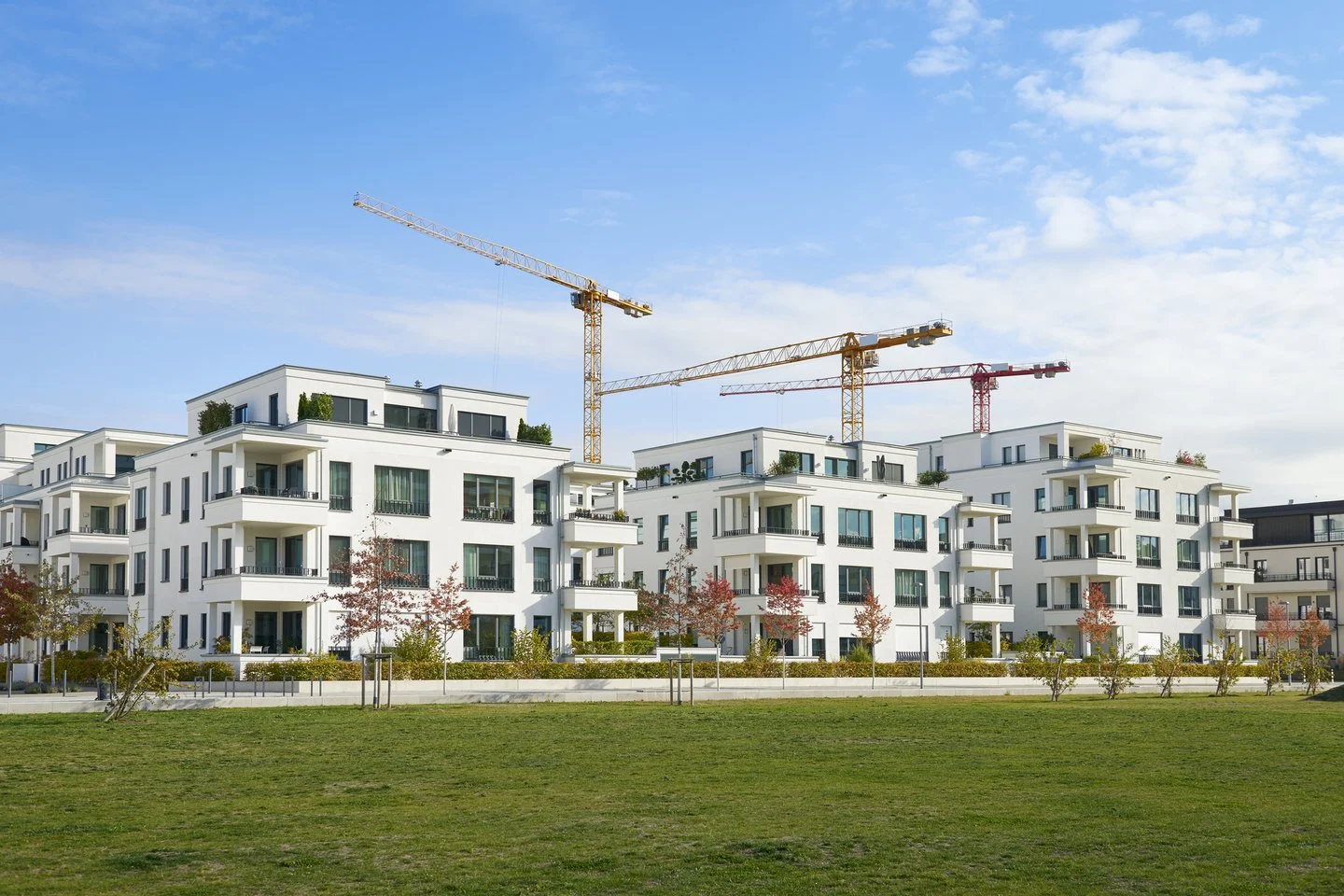

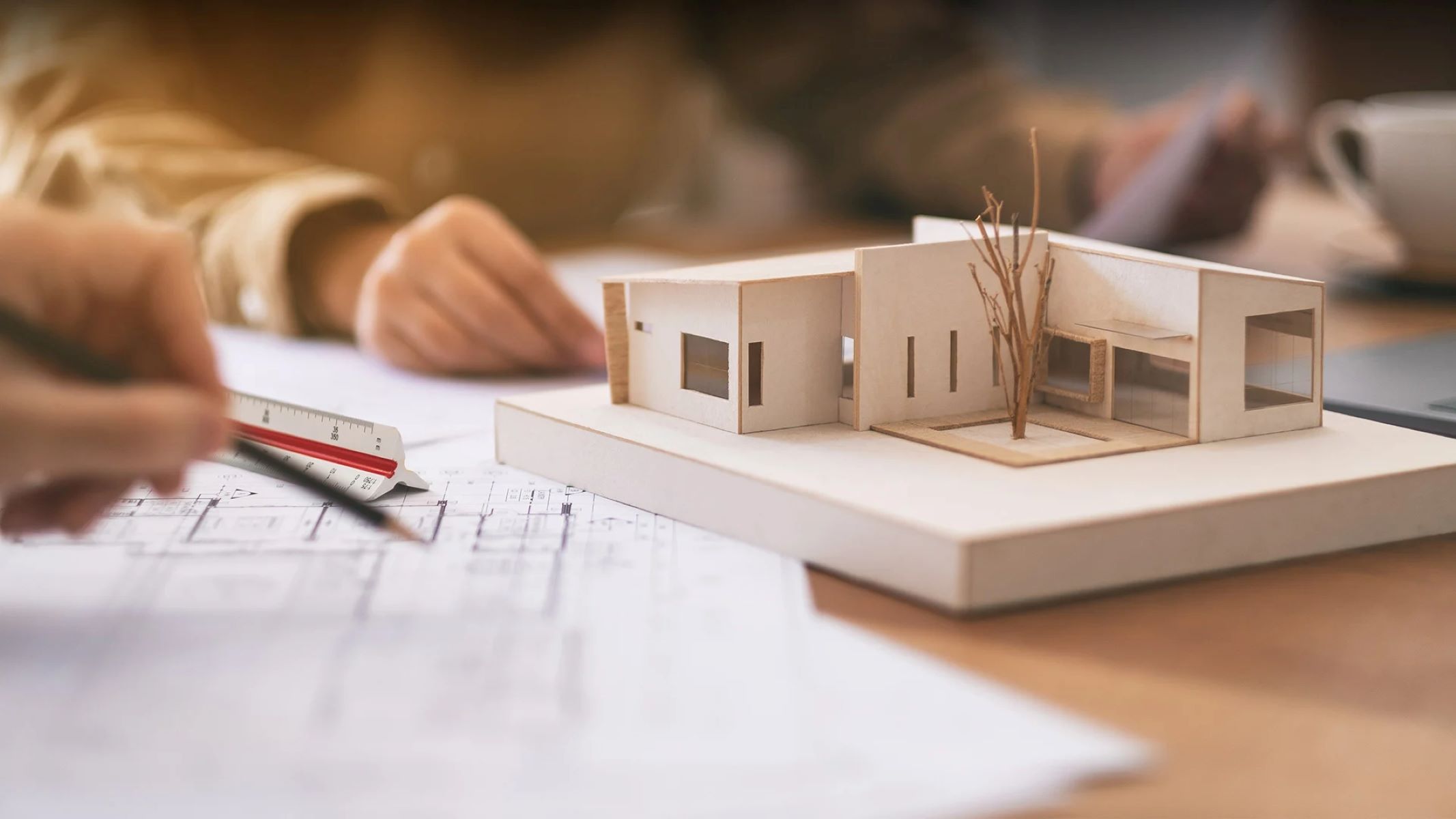
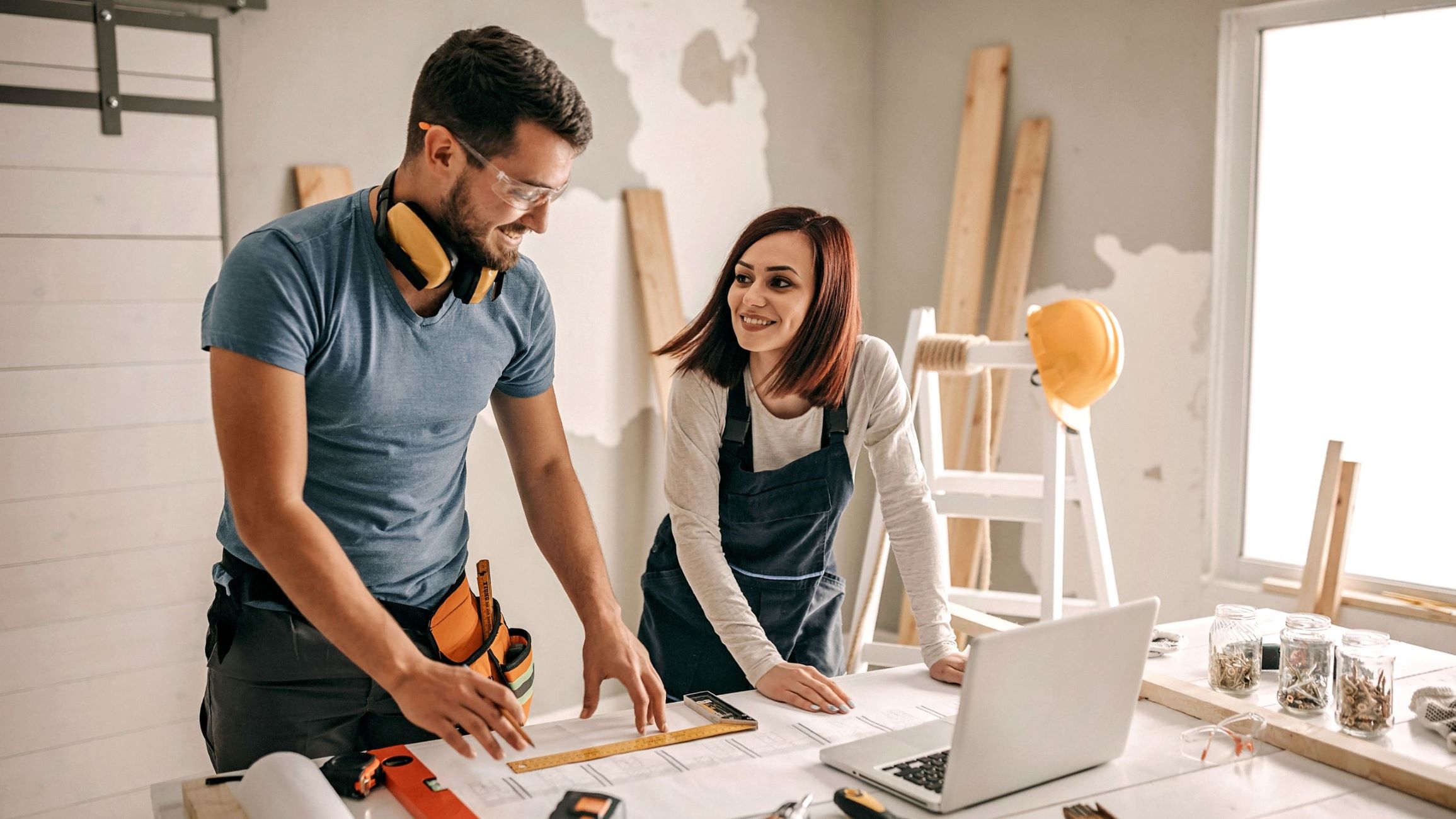
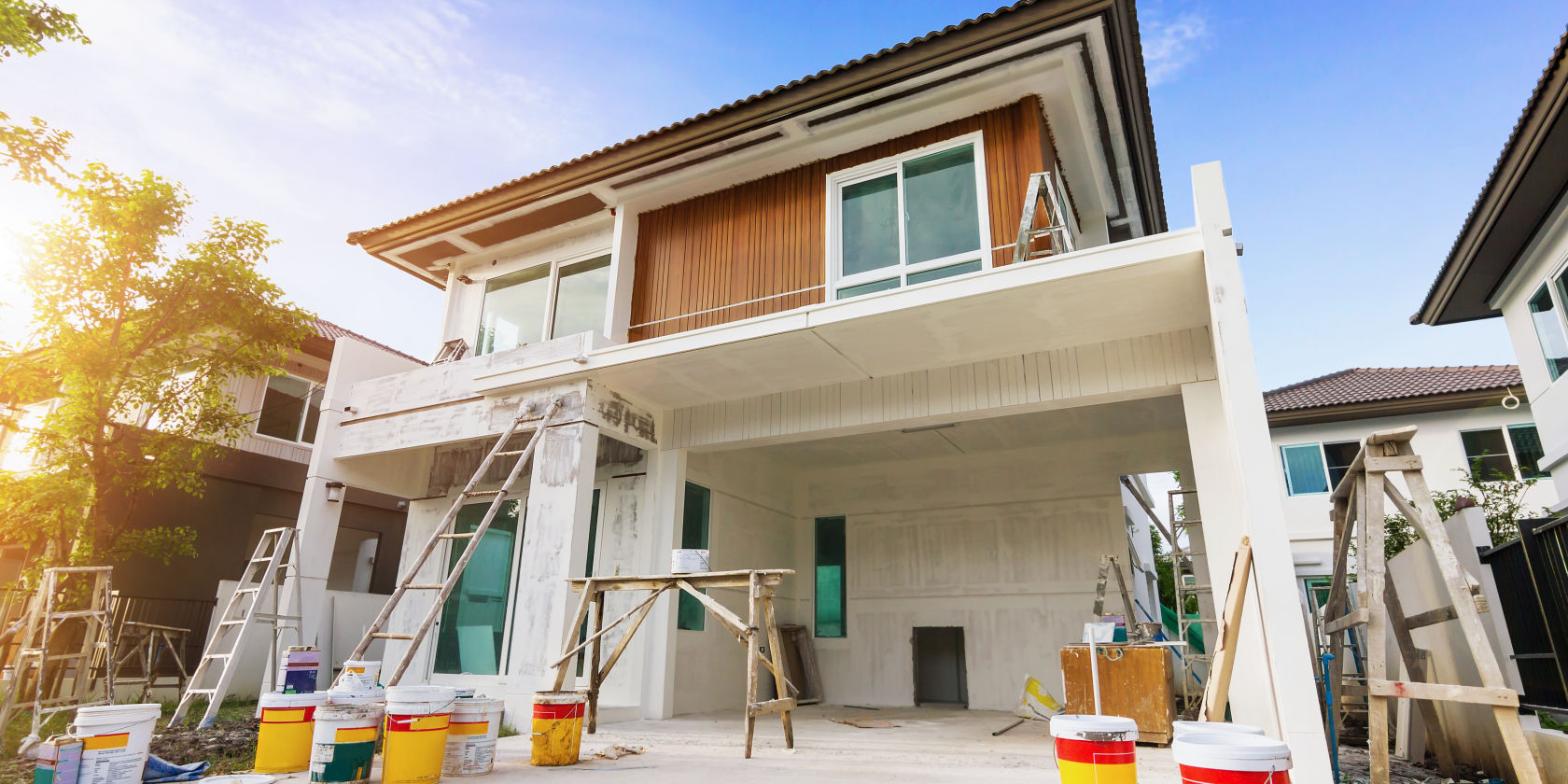
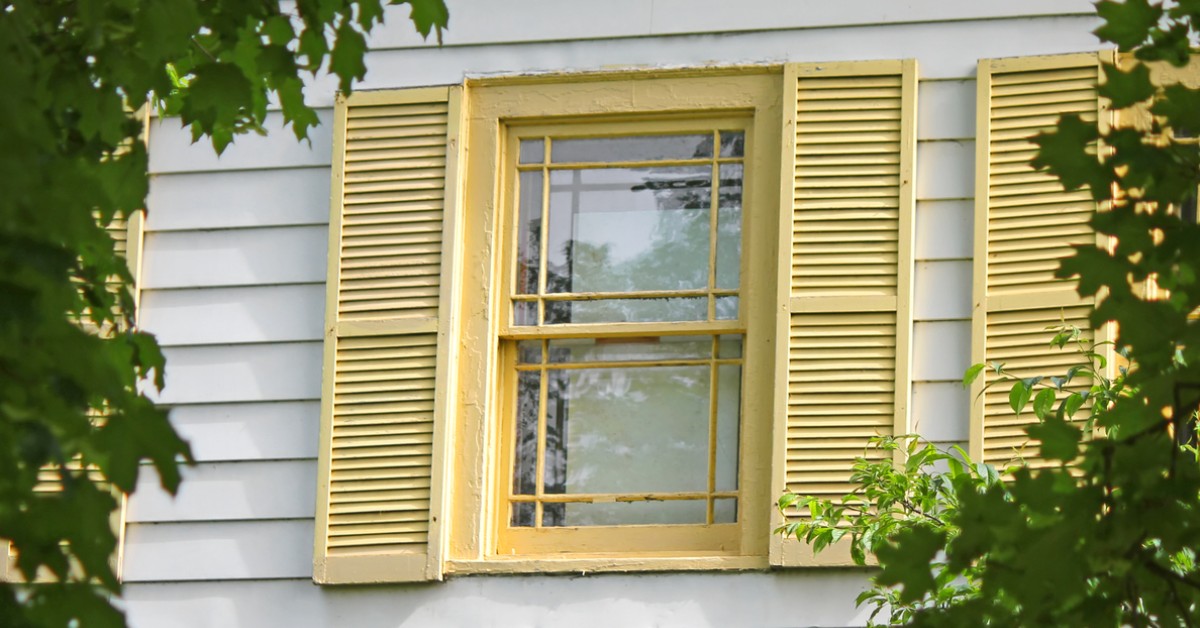
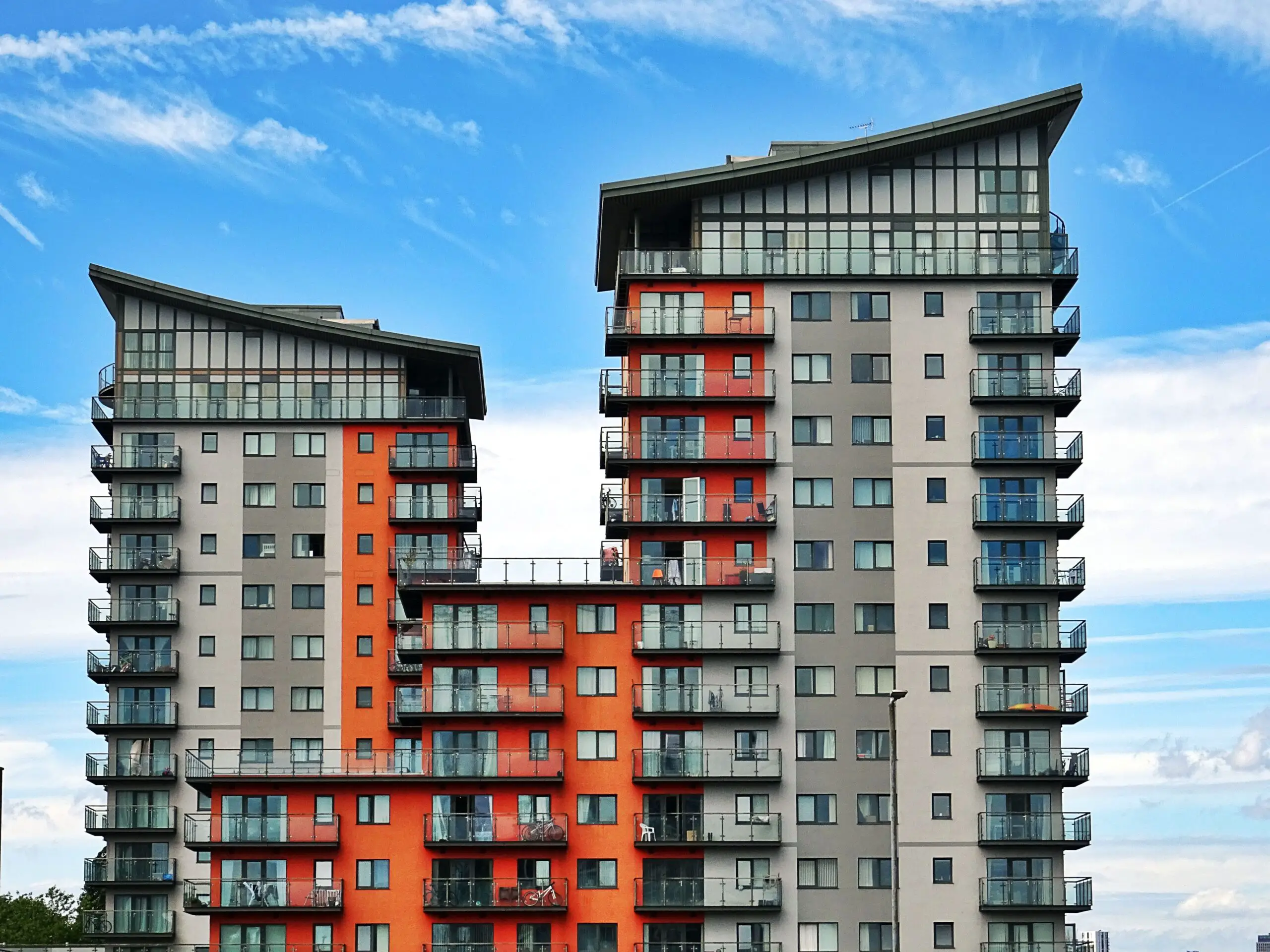
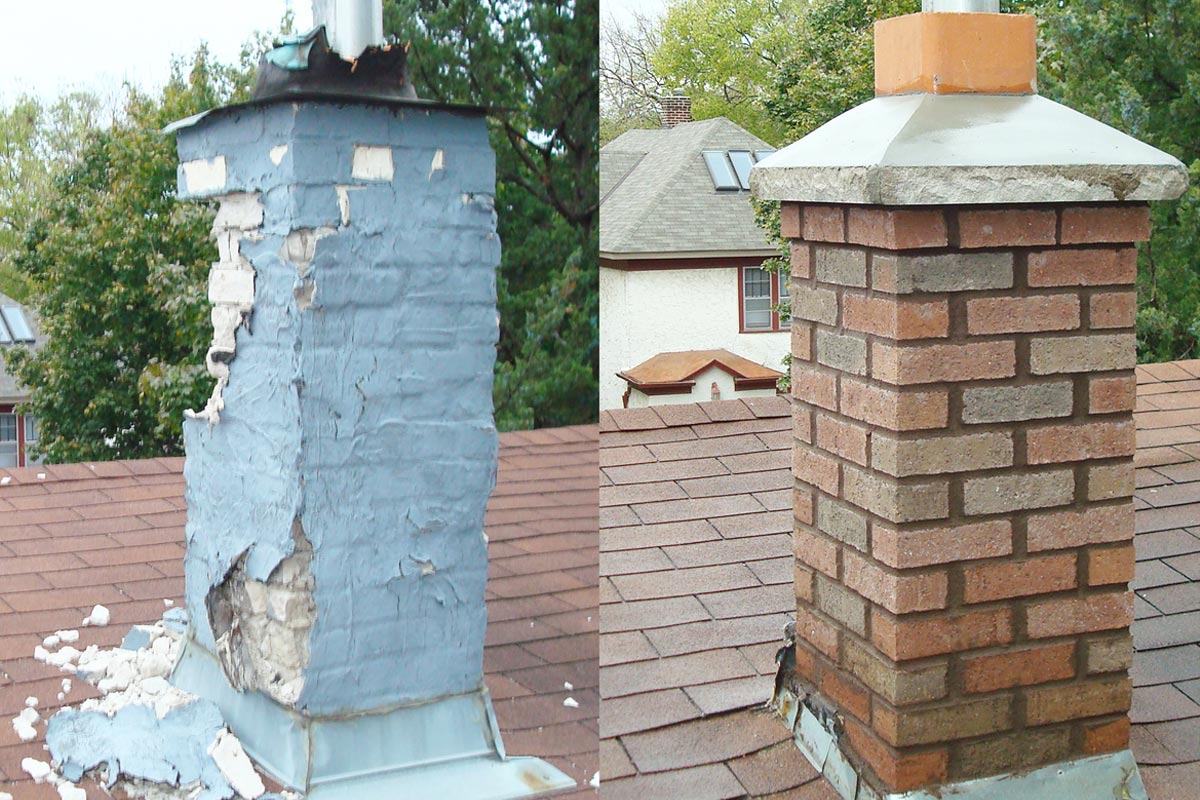
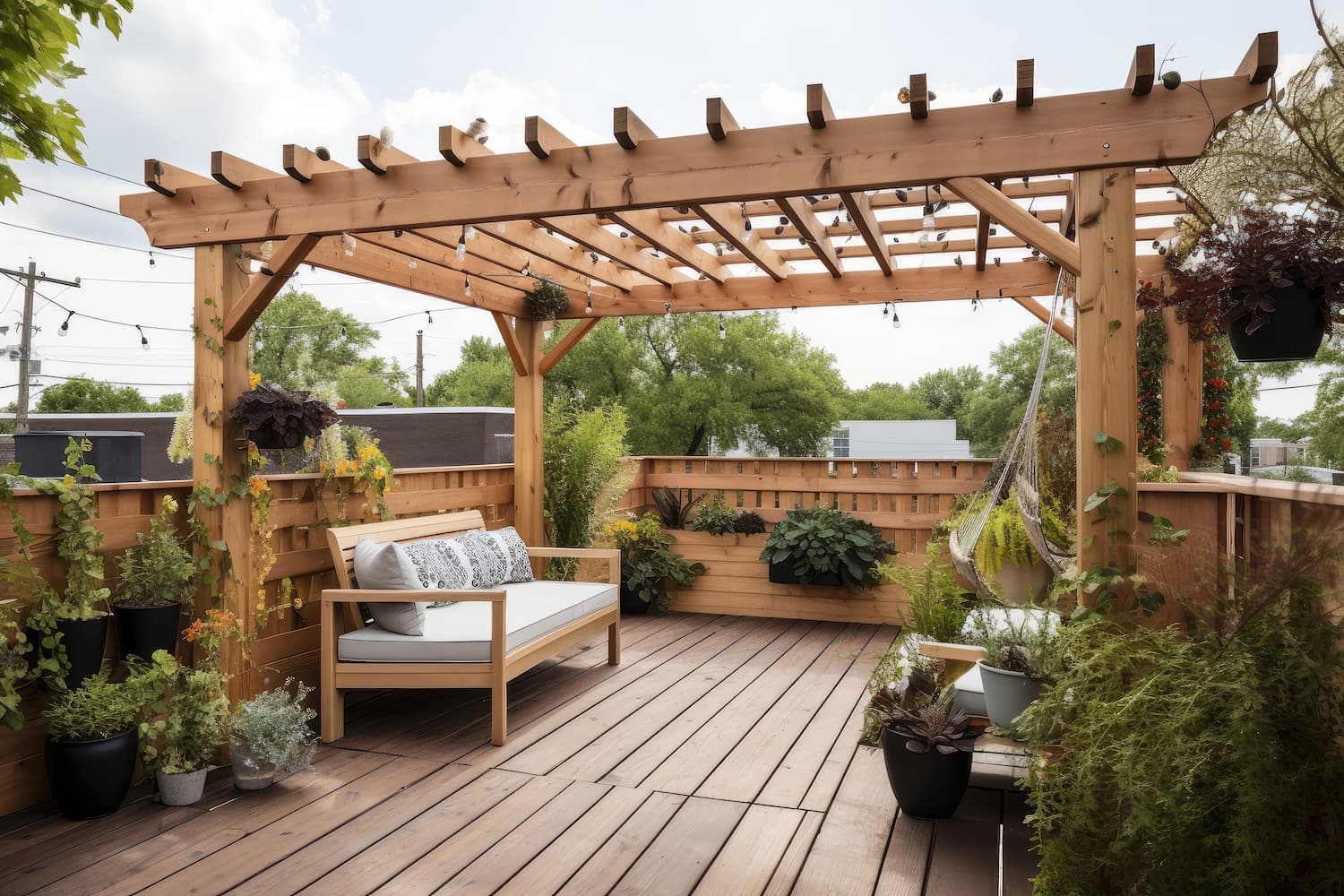
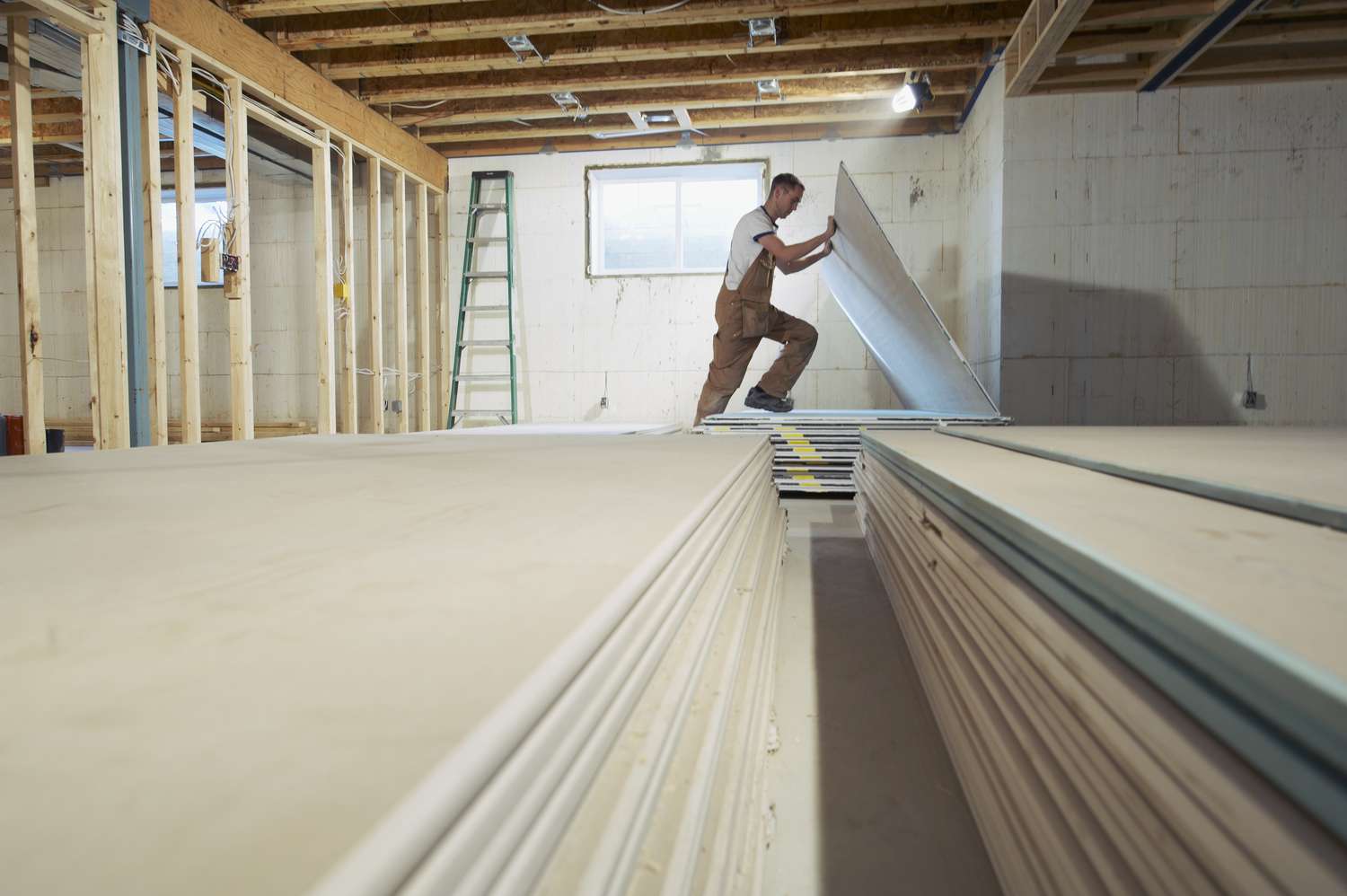
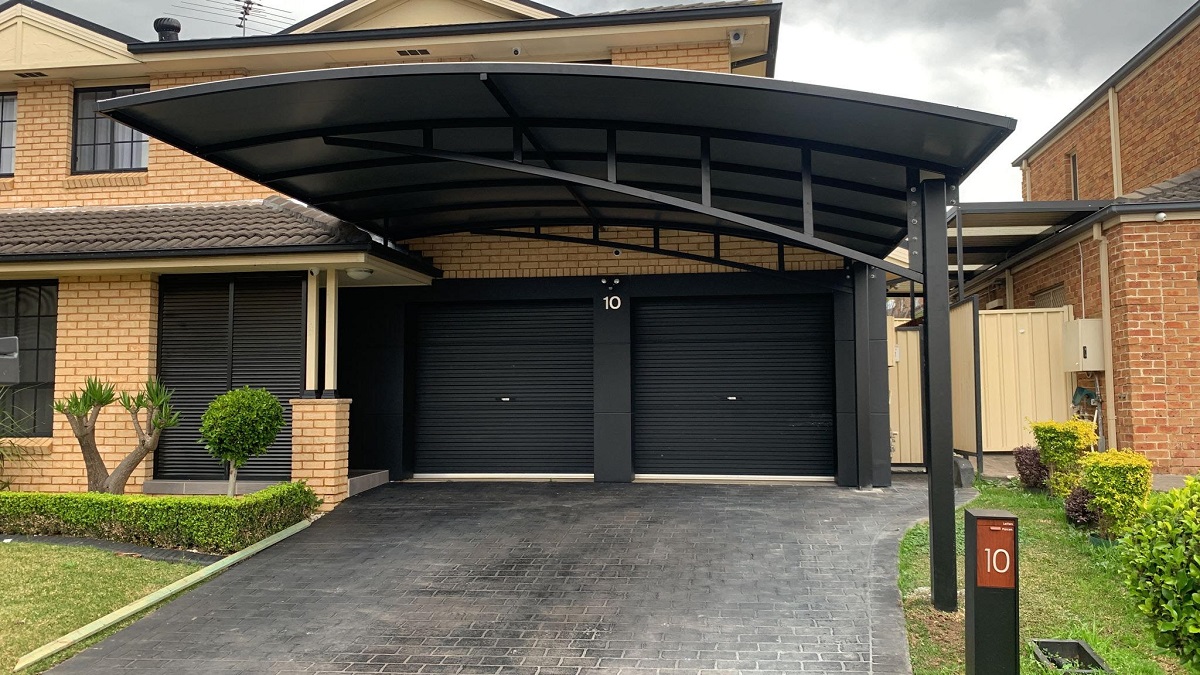
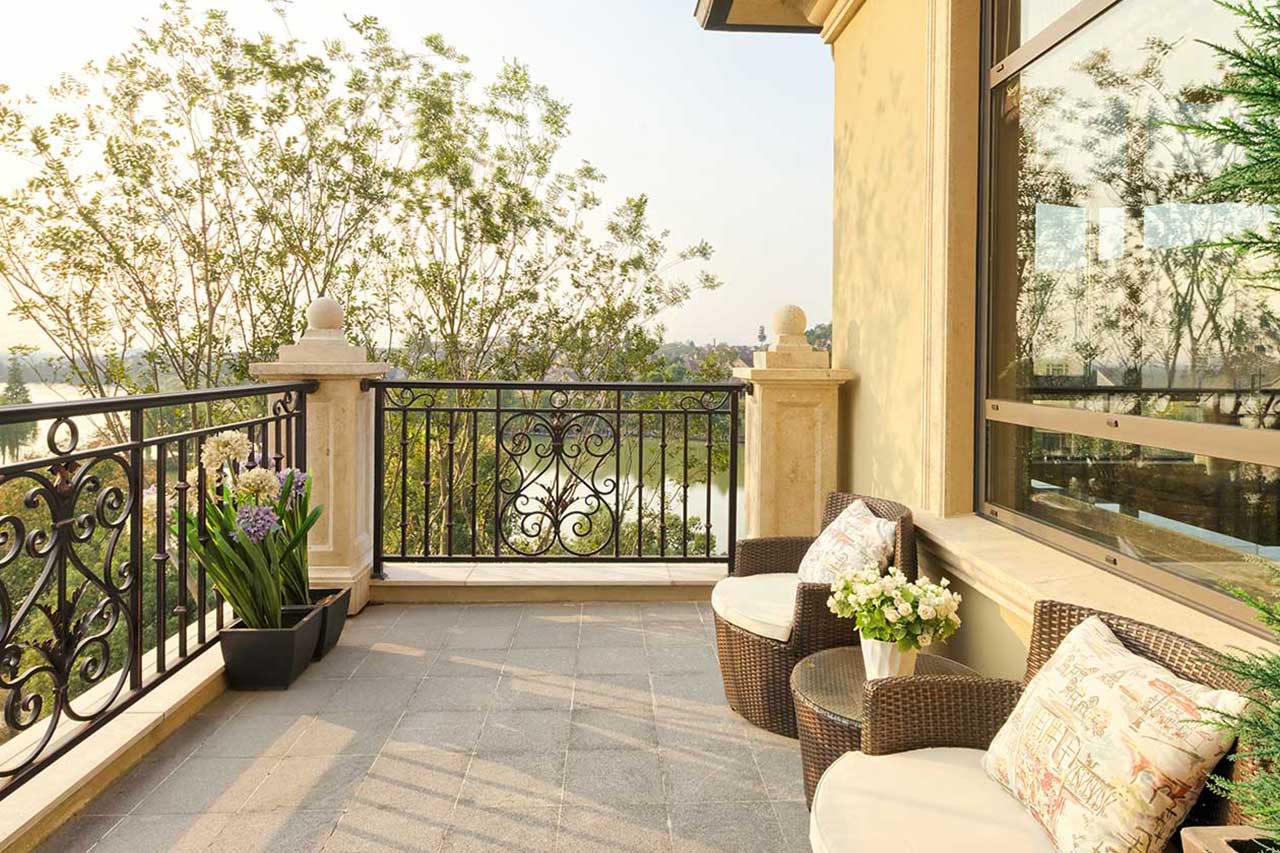
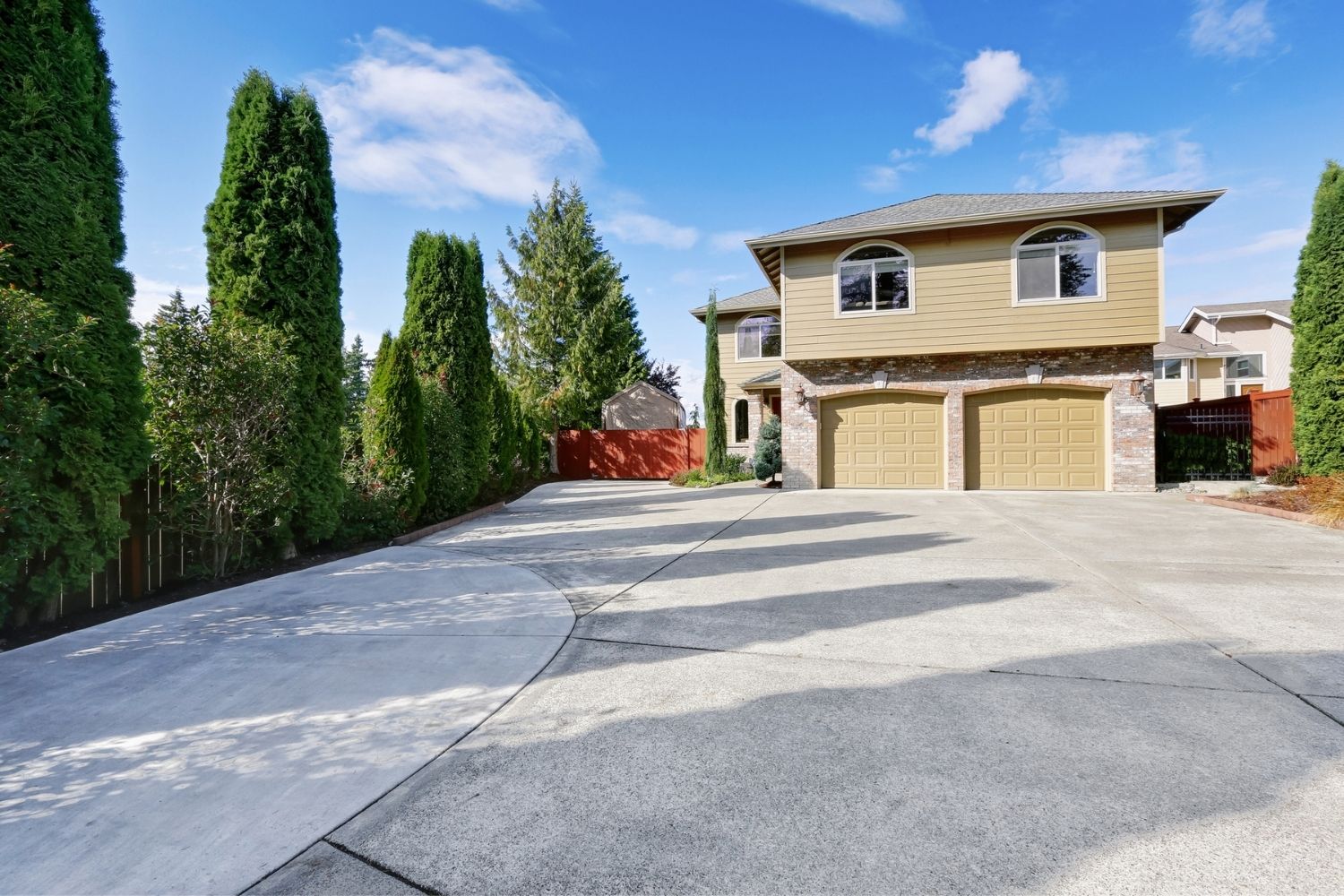

0 thoughts on “How Much Does It Cost To Design And Build A House?”